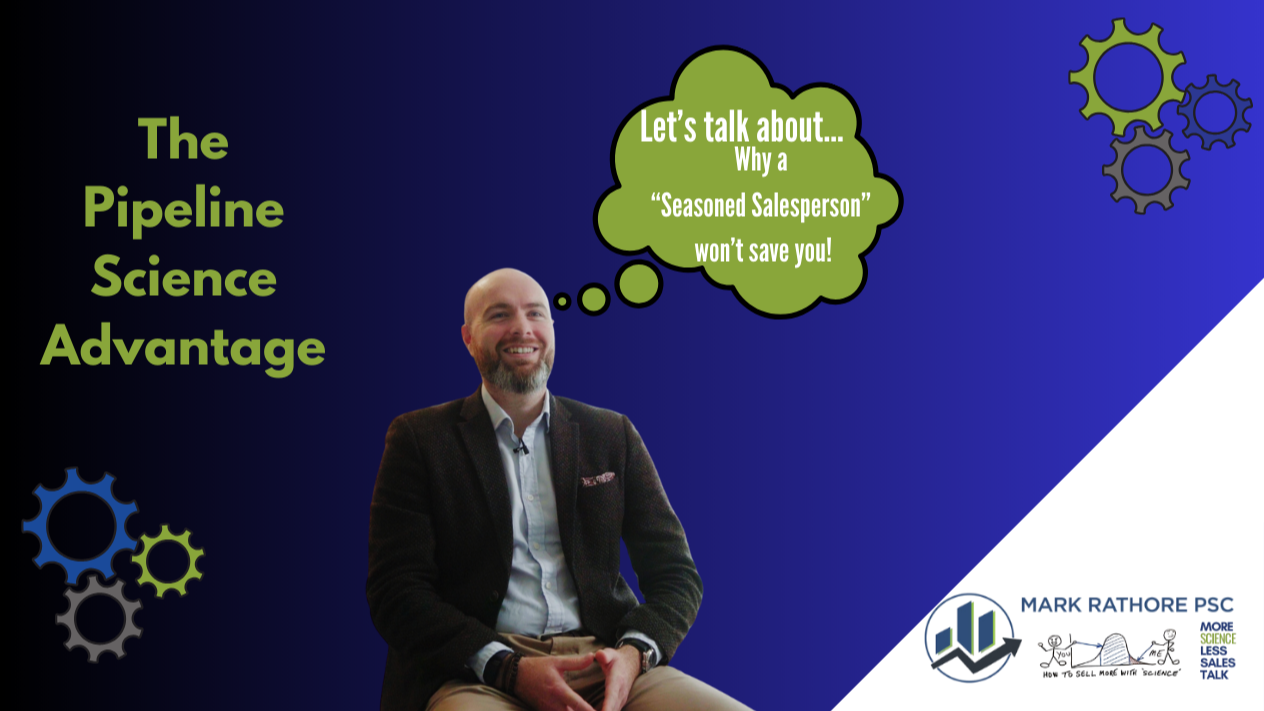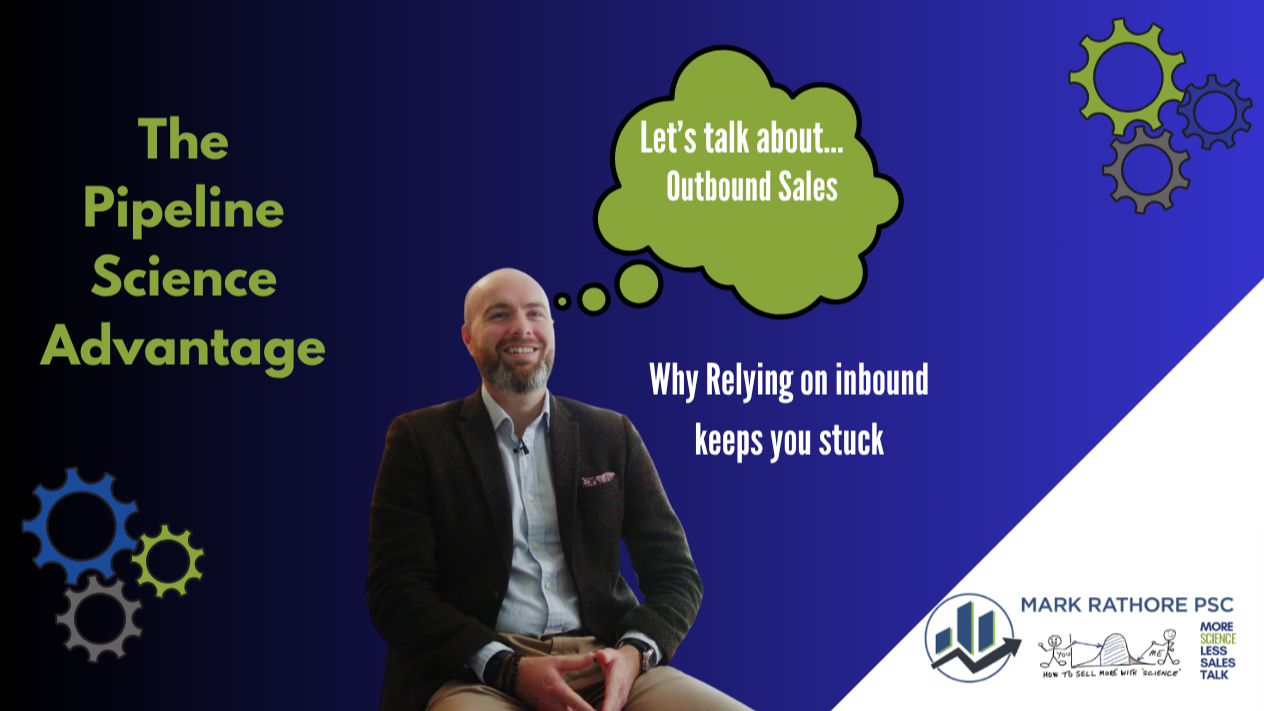Here’s a question to start us off…
Who, in your business, is ultimately accountable for hitting the sales number?
If your answer is “the sales team,” “marketing and sales,” or “we all are,” you’ve just uncovered one of the most common and costly blind spots in engineering and technical sales organisations.
Because when everyone owns the number, no one really does.
Why Shared Accountability Doesn’t Work
In engineering-led businesses, we often pride ourselves on collaboration. We don’t want silos. We want teams working together to achieve commercial outcomes.
The intention is absolutely bob-on but without clear ownership, collaboration turns into confusion.
Here’s what happens when accountability is shared across too many people:
🔻 No one feels the pressure personally – it becomes a collective responsibility, so no one is truly on the hook when targets are missed. 🔻 Decision-making slows down – if no single person is accountable, every strategic change of direction, pricing decision, or go/no-go call requires a consensus. 🔻 Firefighting replaces forecasting – you move from proactive planning to reactive fixing because no one’s steering the sales engine.
Even worse, you lose clarity on what’s actually working – and what’s not. If marketing says leads are strong, sales says they aren’t qualified, and delivery says the offer is overpromising… who’s right?
Every Number Needs an Owner
One person needs to carry the target. Not the whole company. Not even the whole sales team. One individual.
This doesn’t mean they’re a lone wolf. It means they’re the conductor who orchestrates inputs from marketing, delivery, and finance, but ultimately they own the outcome.
When you give one person ownership, you also give them:
✅ Permission to challenge – if something’s off-track, they can raise it.
✅ Authority to prioritise – they can choose where to focus time and energy.
✅ Responsibility for the data – no fudging, no hiding, just clarity.
This ownership brings urgency and direction. It turns vague “activity” into deliberate progress. And it helps everyone else in the business understand where they fit in.
Cross-Functional Accountability Still Matters
Let’s be clear, I’m not saying other departments are off the hook.
If sales is responsible for revenue, then marketing is responsible for inbound leads and their quality. Delivery is responsible for the client experience that drives repeat work and referrals. Customer support is responsible for solving meaningful customer problems.
But those responsibilities need to be aligned with, and in support of the sales target. Not confused with it.
Here’s a basic functional breakdown for accountability:

When these functions are working in sync, and the sales lead owns the final number, the system hums like a well-oiled machine. When they aren’t, it breaks down.
How to Build Real Accountability
If you want to move from shared goals to sharp execution, here’s how to start:
1️⃣ Appoint a Sales Owner
This might be your sales director, a business unit lead, or a commercial manager. They don’t need to do everything – they need to own the result.
2️⃣ Set Clear Expectations and Metrics
What is their number? What inputs will they track? What frequency of reporting is expected?
Avoid vanity KPIs. Focus on pipeline creation, conversion rates, and forecast accuracy.
3️⃣ Align Supporting Metrics by Function
Marketing isn’t just about impressions. SDRs aren’t just about calls. Align team metrics to the pipeline journey.
For example: – Marketing: % of leads meeting BANT criteria – SDRs: Opportunity creation rate per 100 touches – Sales: Proposal-to-close conversion and time-to-close
4️⃣ Build a Rhythm
Weekly or fortnightly reviews should be the norm. These aren’t witch-hunts. They’re focused, metric-led reviews of what’s working and what needs adjustment.
Over time, this builds a culture where ownership is visible, performance is measurable, and improvement is collective.
Final Thought: Ownership Drives Focus
At the heart of every high-performing sales operation is someone who owns the number. Not just in title, but in mindset.
They’re the one asking: – Where’s the pipeline light? – Which deals are stuck? – What resources do I need to get everything moving?
Without that person, you’re on a runaway train without a driver.
So, ask yourself – who owns your number? And if the answer isn’t crystal clear, now’s the time to fix it.
Take Action This Month
🔹 Review your current sales accountability – is ownership clearly defined?
🔹 Appoint a single accountable lead for your revenue number
🔹 Align supporting roles to pipeline stages – and start tracking the right inputs
Because without ownership, targets are just hopes. And hope is never a strategy!
Until next time,
Mark





Leave A Comment